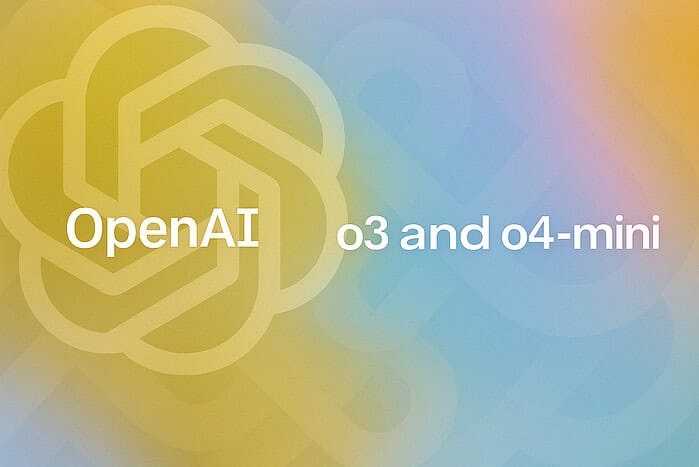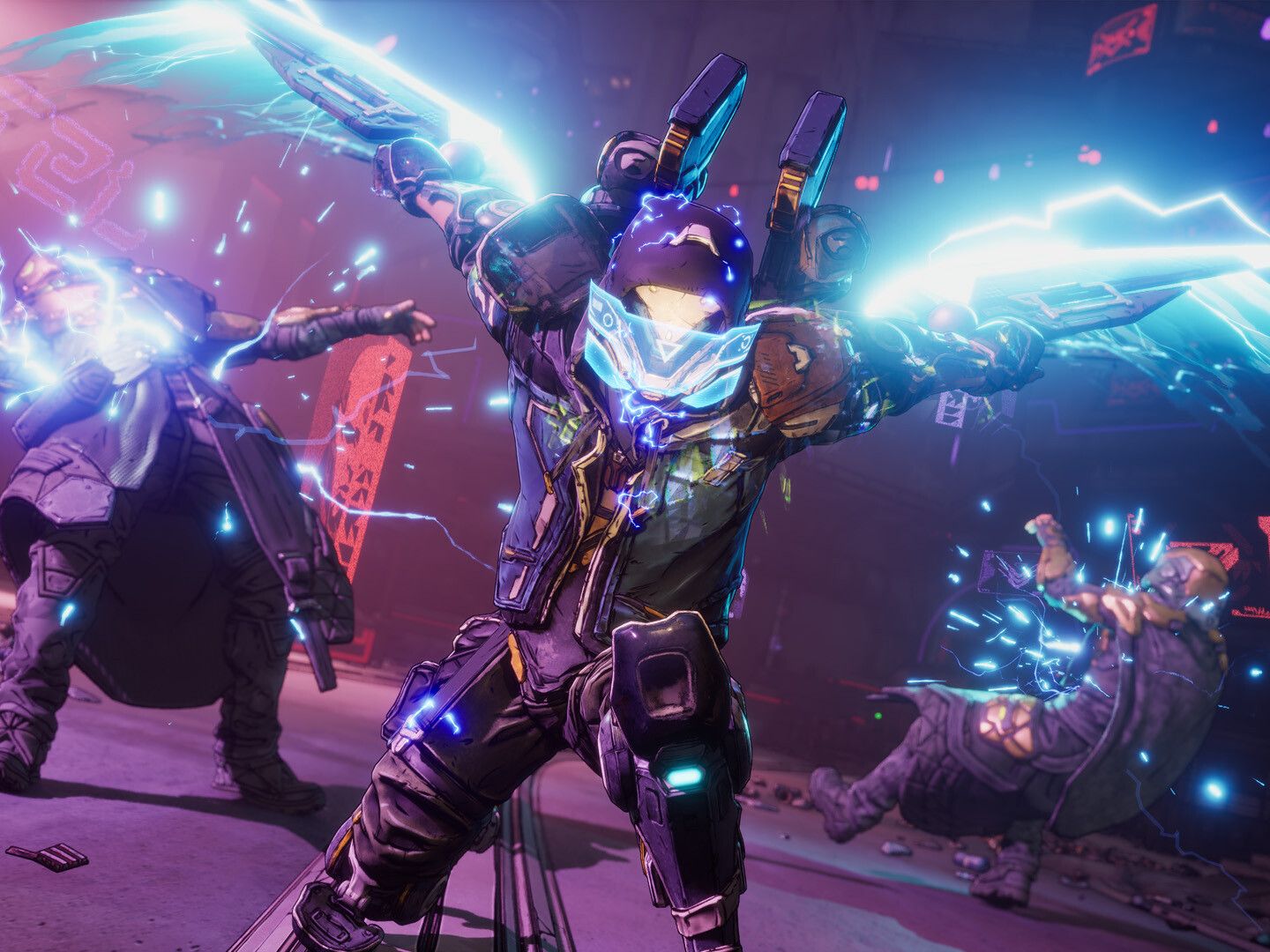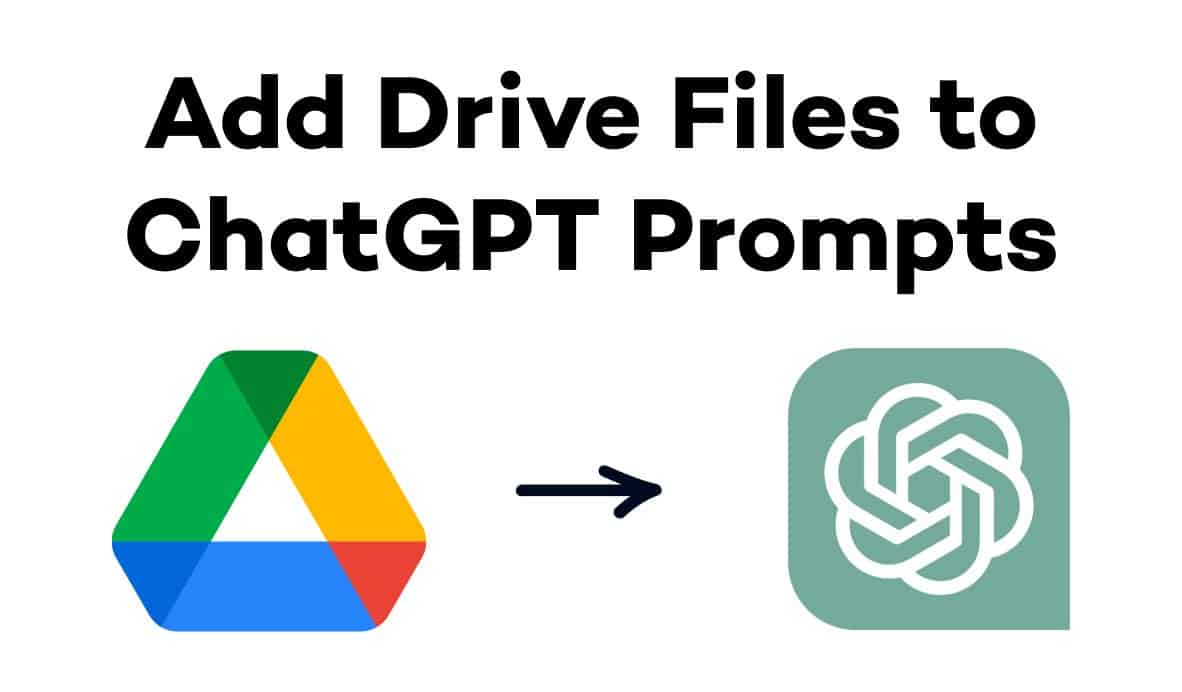OpenAI Quietly Updates Codex Models with o3, o4 Mini Without Much Explanation
2 min. read
Published on
Read our disclosure page to find out how can you help MSPoweruser sustain the editorial team Read more

OpenAI quietly pushed a major update to its Codex system on May 17, swapping in newer o3 and o4-mini models without a full announcement. The upgrade brings more advanced reasoning and expanded tool usage, like web browsing, Python, and image generation, to the company’s coding assistant.
Also read: OpenAI Launches Codex, the AI That Writes Code So You Don’t Have To!
Codex now runs on codex-1, a special version of o3 fine-tuned for software development. It writes code, runs tests, and offers clear logs showing exactly what it did, making its results easier to verify. Each task runs in a secure, isolated environment with no internet access once setup finishes.
OpenAI says these models can handle complex math and scientific problems and understand visual input better than previous versions. They’re trained using reinforcement learning on “chains of thought.” This means they break tasks down step-by-step and use built-in tools like Python to get answers.
The update also follows OpenAI’s internal safety review. Their Safety Advisory Group found the new models didn’t reach high-risk levels in areas like cybersecurity or self-improvement. This is the first update evaluated using Version 2 of OpenAI’s “Preparedness Framework.”
While OpenAI hasn’t made the rollout draw attention, the models already power Codex, marking how the assistant tackles code-heavy tasks.








User forum
0 messages